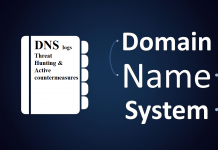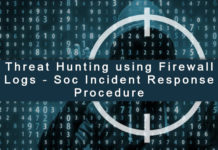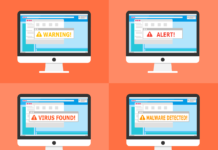Cybercriminals are always searching for weak points in security systems. To stay ahead, organizations must identify and fix these vulnerabilities before attackers can exploit them. AI red teaming offers an effective way to test cybersecurity by using artificial intelligence to simulate real-world threats. This method helps security teams improve their defenses and strengthen their response strategies. With AI red teaming, companies can better protect their systems and reduce security risks.
What Is AI Red Teaming?
AI red teaming is a cybersecurity approach that uses artificial intelligence to test security systems. It acts like an advanced practice attack and helps organizations detect weaknesses before actual hackers do. Traditional red teams rely on human experts to break into systems and expose flaws. AI red teaming by Mindgard AI Security or other providers speeds up this process by using machine learning to analyze gaps in security more efficiently.
Rather than replacing human security professionals, AI red teaming works alongside them. It enhances how threats are detected, improves response times, and strengthens overall security defenses.
How AI Red Teaming Works
AI red teaming follows a structured process to uncover security weaknesses. Key steps include:
- Gathering information: AI scans the system to identify potential entry points.
- Simulating all common attack types: The AI attempts different hacking techniques, such as phishing and password guessing, to test security defenses.
- Assessing security responses: AI measures how well-existing security tools detect and stop potential threats.
- Analyzing and improving defenses: The results highlight weak areas, allowing blue teams to strengthen their defenses.
This method ensures organizations can find and fix vulnerabilities before real adversarial attacks occur to keep their systems more secure.
Benefits of AI Red Teaming
AI red teaming exercises offer several advantages for cybersecurity:
1. Faster Threat Detection
AI can quickly process large amounts of data and identify unusual activity that could indicate a cyberattack. Early threat detection helps businesses respond before significant damage occurs.
2. Continuous Security Testing
Unlike human-led security tests that happen at set intervals, AI red teaming runs continuously. This allows businesses to conduct rigorous testing to detect and fix vulnerabilities as they arise rather than waiting for scheduled assessments.
3. Scalability for Any Organization
AI red teaming can handle security tests on complex and large-scale systems without requiring additional human resources. This makes it a cost-effective solution for businesses of all sizes.
4. Adapts to Evolving Cyber Threats
Since cybercriminals constantly develop new attack methods, AI red teaming evolves alongside them. It learns from new threats and adjusts its strategies to remain effective against potential risks.
Challenges of AI Red Teaming
Although AI red teaming is highly beneficial, organizations must also be aware of its challenges:
1. Risk of Errors
AI may occasionally misidentify harmless activity as a threat or fail to detect actual risks. Security teams need to fine-tune AI models to minimize these mistakes.
2. Dependence on High-Quality Data
AI models rely on data to function effectively. If they are trained on outdated or incomplete data, their performance may suffer, which leads to inaccurate security assessments.
3. Ethical and Security Concerns
If AI red teaming tools are misused or fall into the wrong hands, they could be exploited for malicious purposes. Organizations must establish strict security policies to prevent this from happening.
Best Practices for Implementing AI Red Teaming
To maximize the effectiveness of AI red teaming, organizations should follow key best practices:
1. Combine AI With Human Expertise

While AI can handle repetitive tasks and process large amounts of data, human security professionals provide critical thinking and decision-making skills. A balanced and multifaceted approach enhances overall cybersecurity.
2. Keep AI Models Updated
Cyber threats are constantly evolving, so AI models must be regularly updated with the latest security intelligence. This ensures they remain effective in detecting and countering new threats.
3. Test Multiple Attack Scenarios
AI red teaming should cover various types of attacks, including ransomware, phishing, and insider threats. This comprehensive and proactive approach helps organizations prepare for a wide range of security risks.
4. Regularly Monitor AI Performance
Security teams must assess AI red teaming tools to ensure they are functioning correctly. Adjustments should be made as needed to improve accuracy and effectiveness.
Conclusion
AI red teaming is a powerful cybersecurity tool that helps organizations identify and fix security vulnerabilities before hackers can exploit them. By running AI-driven attack simulations, businesses can strengthen their defenses and improve their ability to respond to cyber threats. While there are challenges, combining AI with human expertise and following best practices ensures organizations get the most out of AI red teaming. As cyber threats continue to evolve, AI red teaming will play a crucial role in maintaining strong and secure digital environments.



































